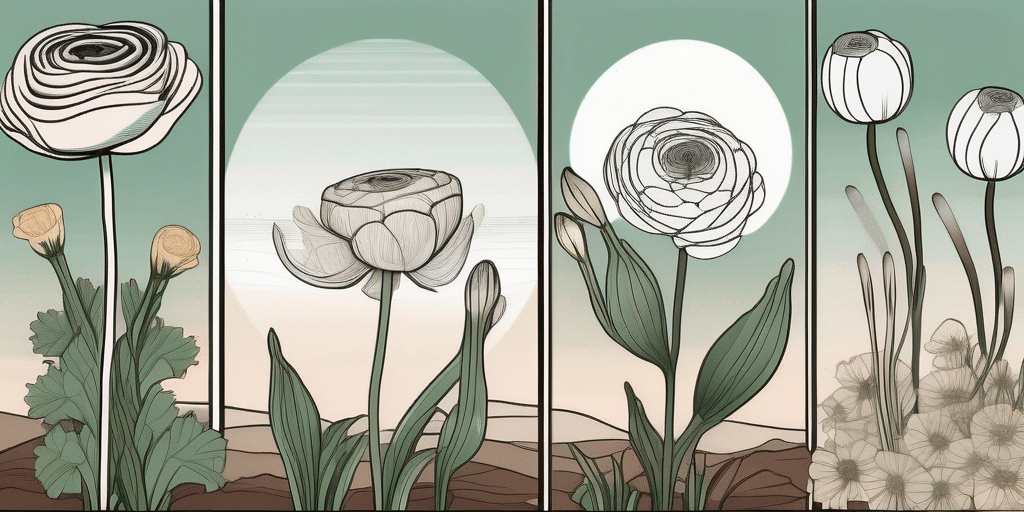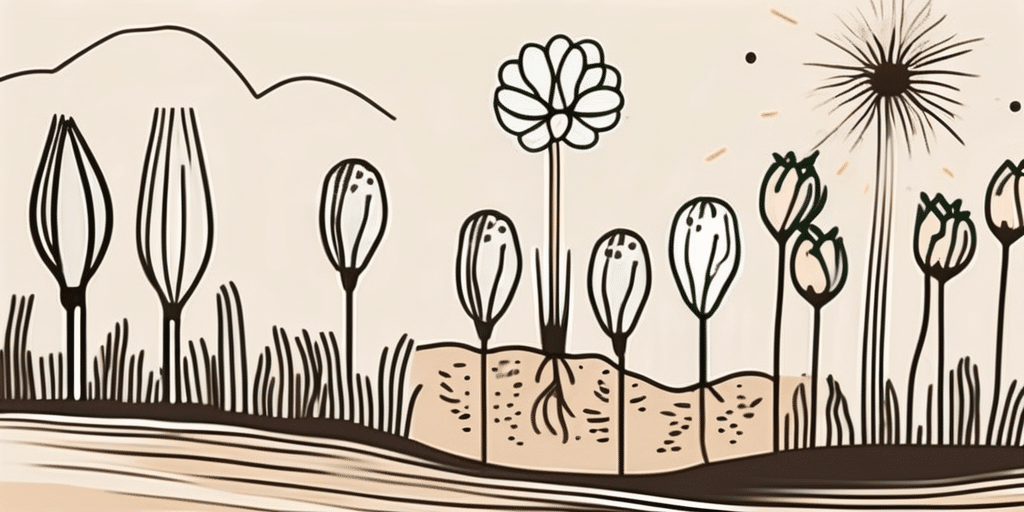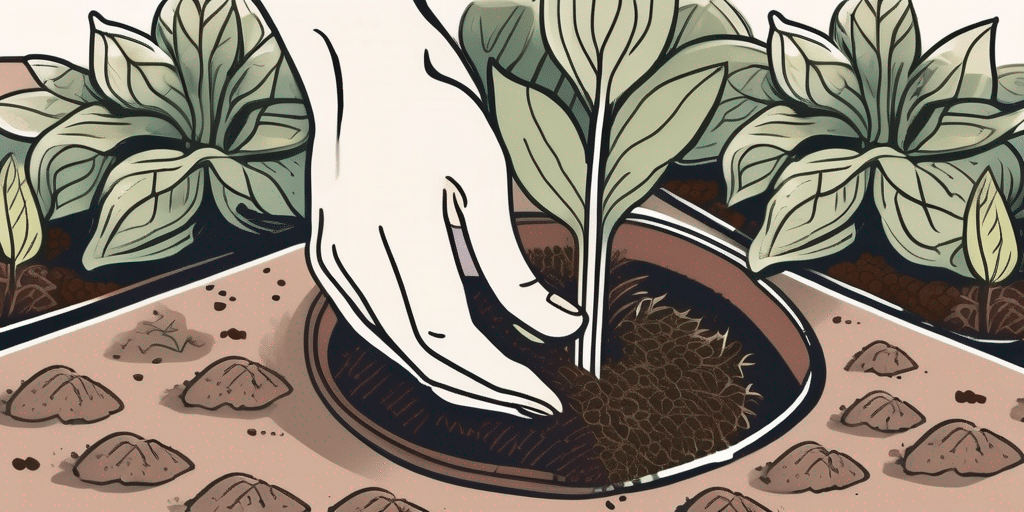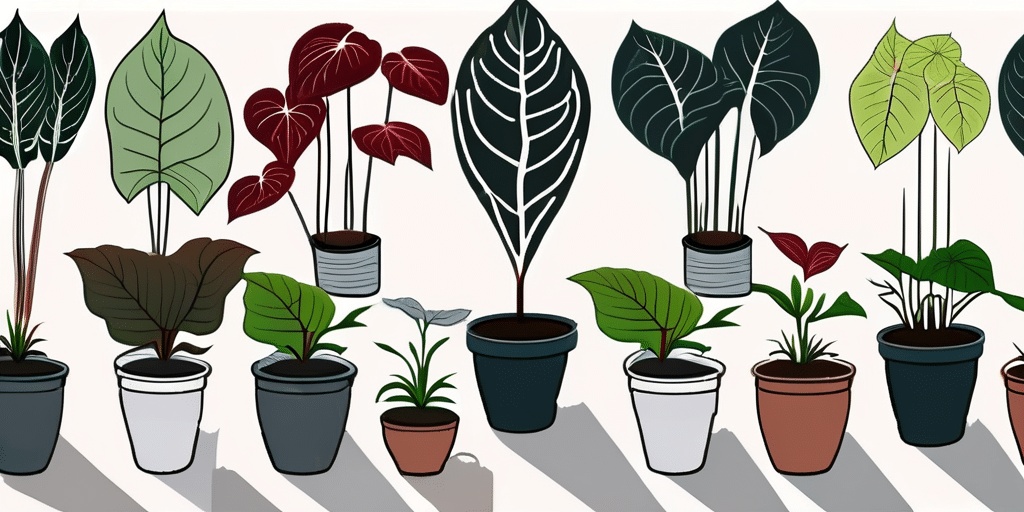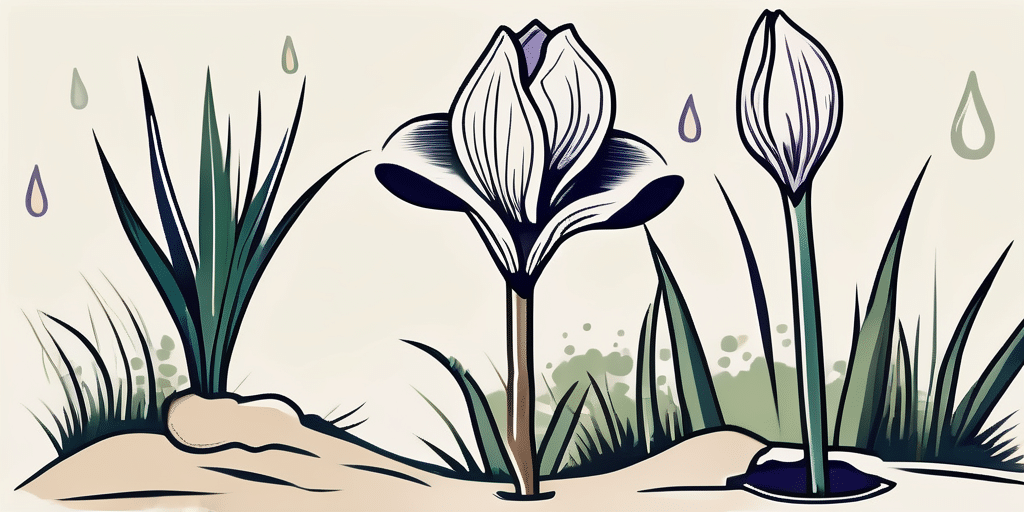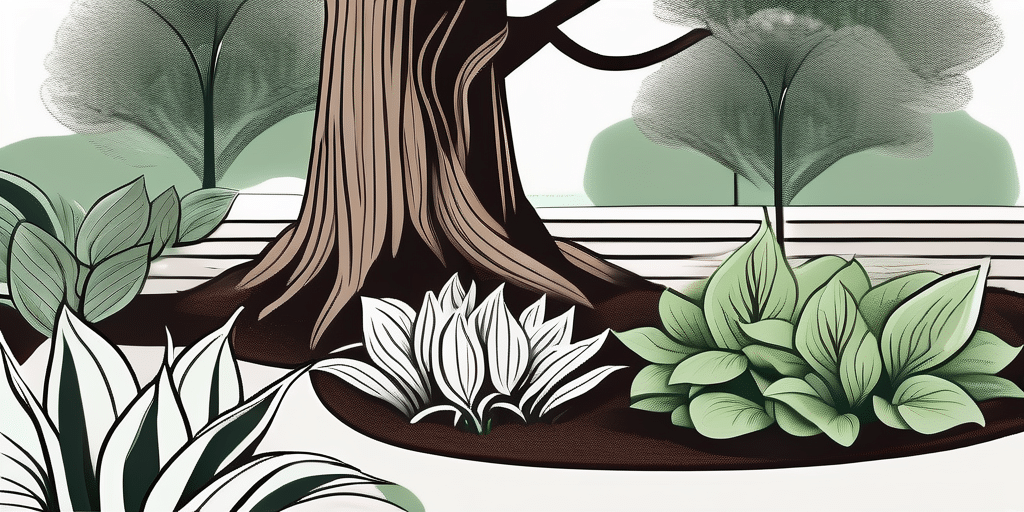Are you a gardening enthusiast looking to add a vibrant splash of color to your garden? Look no further than carnations! These beautiful flowers are not only visually striking, but they also possess a lovely fragrance that will captivate your senses. In this ultimate guide, we will take you through everything you need to know about growing carnations successfully. From understanding the different varieties to preparing your garden and caring for these delightful blooms, we’ve got you covered.
Understanding Carnation Varieties
Before embarking on your journey of growing carnations, it’s essential to have a good understanding of the different varieties available. Carnations come in a wide range of colors and sizes, with each variety having its own unique characteristics.
Carnations, scientifically known as Dianthus caryophyllus, belong to the Caryophyllaceae family and are native to the Mediterranean region. They are popular for their ruffled petals and spicy fragrance, making them a favorite choice for floral arrangements and garden borders. Carnations have been cultivated for over 2,000 years, with a rich history of symbolism and cultural significance.
Identifying Different Types of Carnations
There are three main types of carnations: standard carnations, spray carnations, and dwarf carnations. Standard carnations are the most common type and have a single bloom per stem. Spray carnations, on the other hand, have multiple blooms per stem, creating a beautiful cluster of flowers. Lastly, dwarf carnations are compact varieties that are perfect for smaller garden spaces or containers.
Within each type, there are numerous cultivars that exhibit variations in flower color, petal shape, and plant height. Some cultivars are known for their long-lasting blooms, while others are prized for their vibrant hues that range from classic whites and pinks to bold yellows and oranges.
Choosing the Right Carnation for Your Garden
When selecting the right carnation for your garden, consider factors such as color preference, bloom size, and overall plant height. Different varieties have varying heat and cold tolerances, so it’s crucial to choose a variety suitable for your climate. Additionally, some carnation varieties are better suited for cut flowers, while others are more resilient in garden beds. Researching and selecting the perfect carnation for your garden will set the stage for a successful growing experience.
Whether you’re a seasoned gardener or a novice enthusiast, cultivating carnations can be a rewarding endeavor. With the right knowledge and care, these versatile flowers can brighten up your outdoor space and provide you with an abundance of blooms to enjoy or share with loved ones.
Essential Tools for Growing Carnations
Before you get your hands dirty, it’s essential to have the right tools for the job. Here is a list of essential gardening tools you’ll need for growing carnations:
When it comes to cultivating beautiful carnations, having the right tools can make all the difference. Not only do these tools make your gardening tasks easier, but they also help ensure the health and vitality of your plants. Let’s delve deeper into the world of tools specifically tailored for nurturing vibrant carnations.
Basic Gardening Tools
- Hand trowel
- Garden fork
- Pruning shears
- Gardening gloves
Specialized Tools for Carnations
- Disinfectant spray for pruning tools
- Fertilizer spreader
- Rooting hormone powder
- Potting mix
Having these tools handy will make the cultivation and maintenance of your carnations a breeze.
Additionally, consider investing in a high-quality watering can with a narrow spout to ensure precise watering, especially for delicate young carnations. A pH meter can also be a valuable tool to monitor the acidity levels of the soil, as carnations thrive in slightly acidic conditions.
Preparing Your Garden for Carnations
Now that you have the right tools in hand, it’s time to prepare your garden for your new carnation plants. Proper soil preparation and selecting the right location are key to ensuring the success of your carnation bed.
Before you start planting your carnations, it’s essential to consider the climate in your region. Carnations are known to thrive in temperate climates with cool nights and mild temperatures. If you live in a region with hot summers, you may need to take extra precautions to protect your carnations from heat stress.
Soil Preparation Techniques
Carnations thrive in well-draining soil with a slightly acidic pH level of around 6.0 to 6.5. Start by removing any weeds or debris from the planting area. Loosen the soil with a garden fork, breaking up any compacted areas. Incorporate organic matter, such as compost or well-rotted manure, to improve the soil’s moisture retention and fertility. Finally, level the soil surface to create a smooth bed for your carnations.
Adding a layer of mulch around your carnations can help regulate soil temperature, retain moisture, and suppress weed growth. Organic mulches like straw, shredded bark, or dried leaves not only provide these benefits but also break down over time, enriching the soil with essential nutrients.
Ideal Location and Lighting Conditions
Choose a location for your carnations that receives at least six hours of direct sunlight each day. Adequate sunlight exposure ensures healthy growth and abundant flowering. Additionally, ensure that the area has good air circulation to prevent fungal diseases. If you live in a region with scorching summers, consider providing some afternoon shade to protect your carnations from extreme heat.
When selecting the perfect spot for your carnations, consider proximity to other plants in your garden. Carnations are susceptible to some diseases and pests, so planting them away from other susceptible species can help prevent potential issues. Planning your garden layout with this in mind can contribute to the overall health and success of your plants.
Planting and Caring for Carnations
Now that your garden is ready, it’s time to plant your carnations and provide the care they need to thrive. Follow these step-by-step instructions to ensure successful planting:
Step-by-Step Planting Guide
- Prepare small holes in the soil, spaced 12 to 15 inches apart.
- Gently remove your carnation seedlings from their nursery pots.
- Place one seedling in each hole, ensuring the roots are positioned downwards.
- Backfill the holes with soil, gently firming it around the base of each seedling.
- Water the newly planted seedlings thoroughly.
Once planted, caring for your carnations involves regular watering and fertilization. Keep the following tips in mind:
Watering and Fertilizing Your Carnations
Carnations prefer a consistent moisture level in the soil, so water them regularly to keep the soil evenly moist. However, be cautious not to overwater, as excessive moisture can lead to root rot. Applying a balanced fertilizer every four to six weeks during the growing season will provide your carnations with the necessary nutrients for healthy growth and abundant blooms.
It’s also essential to monitor your carnations for any signs of pests or diseases. Common pests that may affect carnations include aphids, spider mites, and thrips. Regularly inspect the foliage and blooms for any unusual spots, discoloration, or wilting, as these could be signs of a pest infestation or disease. If you notice any issues, promptly treat them with appropriate insecticides or fungicides to prevent further damage to your plants.
In addition to watering and fertilizing, deadheading spent blooms is another important task when caring for carnations. Deadheading involves removing faded or wilted flowers from the plant to encourage new growth and prolong the blooming period. Use clean and sharp garden shears to snip off the dead blooms just above a set of healthy leaves. This practice not only keeps your carnations looking tidy but also redirects the plant’s energy into producing new blossoms.
Dealing with Common Carnation Pests and Diseases
Just like any other plant, carnations are susceptible to pests and diseases. By understanding and identifying common issues, you can take proactive steps to prevent or manage them effectively.
Carnations, with their delicate petals and vibrant colors, are a favorite among gardeners. However, these beautiful flowers are not immune to the threats posed by pests and diseases. It is essential for every gardener to be vigilant and knowledgeable about the potential risks that can harm their carnations.
Identifying Common Carnation Pests
Some common pests that can affect your carnations include aphids, thrips, and spider mites. Keep an eye out for signs of insect activity, such as distorted leaves, discoloration, or webbing. To control these pests, consider using natural remedies such as neem oil or insecticidal soap.
Aphids, tiny insects that cluster on the undersides of leaves, can quickly multiply and weaken your carnations. Thrips, slender insects that feed on flower buds, can cause discoloration and deformation of petals. Spider mites, barely visible to the naked eye, can spin fine webs on your plants and suck the sap, leading to stunted growth.
Preventing and Treating Carnation Diseases
Common diseases that can affect carnations include powdery mildew, botrytis blight, and root rot. To prevent these diseases, provide adequate air circulation by spacing your plants properly, avoiding overhead watering, and removing any infected plant material promptly. If you notice signs of disease, consult a local garden center or agricultural extension office for guidance on appropriate treatments.
Powdery mildew, a fungal disease that appears as a white powdery substance on leaves and stems, thrives in humid conditions. Botrytis blight, also known as gray mold, can cause wilting and browning of flowers and leaves. Root rot, often caused by overwatering or poorly drained soil, can lead to the decay of the plant’s roots.
With this ultimate guide to growing carnations in your gardening arsenal, you are well on your way to cultivating a stunning display of these beautiful flowers. Remember to be patient, as success with carnations often comes with practice and experimentation. So dig in, enjoy the process, and relish in the joy that growing carnations can bring to your outdoor space.
Join the How to Grow Everything Community
Ready to take your gardening skills to the next level? Subscribe for free to How to Grow Everything and learn how to build the garden of your dreams! Receive personalized gardening advice tailored to your location, grow zone, experience level, and interests. We promise no spam, just the best gardening tips and exclusive deals delivered straight to your inbox. Join our family of gardening enthusiasts and enjoy thousands of free growing and gardening articles. Start your journey to a flourishing garden today!
